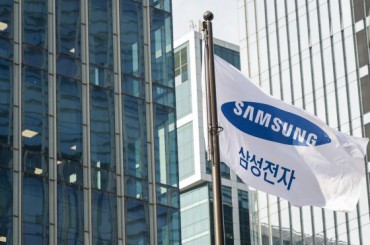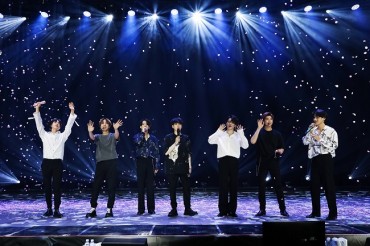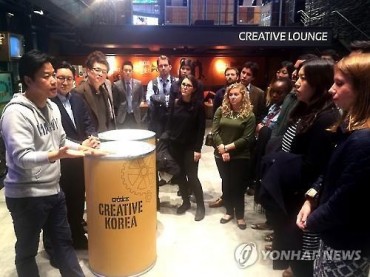
As the surviving five were released in steps (three were released in 2013, two in 2015), attention began to turn to the remaining 39 dolphins in captivity. (Image:yonhap)
SEOUL, Jul. 19 (Korea Bizwire) — In a victory for animal lovers everywhere, the first legal proceedings of their kind in South Korea succeeded in the release of illegally captured Indo-Pacific bottlenose dolphins native to the seas of Jeju Island.
The public’s attention was first drawn to the plight of illegally captured bottlenose dolphins when Jeju’s maritime police force apprehended eight fishermen who were guilty of selling the animals to dolphin show establishments. It was found that the business dealings extended back all the way to 1990. In the wake of public consternation, the guilty parties were indicted and their cases were turned over to the court system.
Though the dolphins “won” their case and were free to return to the wild, the legal deliberations had already taken a heavy toll, as six of the eleven dolphins slated to be freed died in the claustrophobic waters of an aquarium cage.
As the surviving five were released in steps (three were released in 2013, two in 2015), attention began to turn to the remaining 39 dolphins in captivity. The need to release these animals into their natural habitat is pressing, as the artificial man-made environment and the elimination of basic activities like hunting are believed to be a major cause of premature death.
This belief is buttressed by the Korea Federation for Environmental Movements’ assertion that around 50 dolphins have died in captivity over an average of four to five years.
Despite the general goodwill towards freeing the dolphins, simply releasing them into the seas surrounding Korea is unlikely to be an appropriate course of action. As imports of dolphins from different countries have diversified Korea’s aquariums, reproduction between different species of bottlenose dolphins have produced progeny that do not belong anywhere. Experts are concerned that releasing such unique species as well as imported foreign bottlenose dolphins could upset the tentative balance of the ecosystem.
As a solution, lawmaker Lee Jeong-mi has proposed the creation of a wildlife zone, saying that Korea’s seas dotted with islands was “a godsend for creating a special area for sea animals” and that “putting up a fenced area around the size of Yeouido would not be too costly and would give the animals plenty of room to be free”.
The five freed dolphins are reported to have fully adapted to their natural habitat without major problems.
by Lina Jang (linajang@koreabizwire.com)






